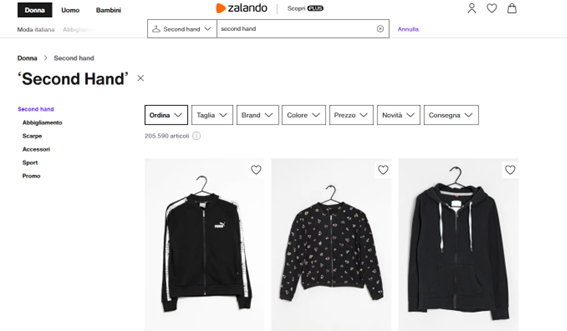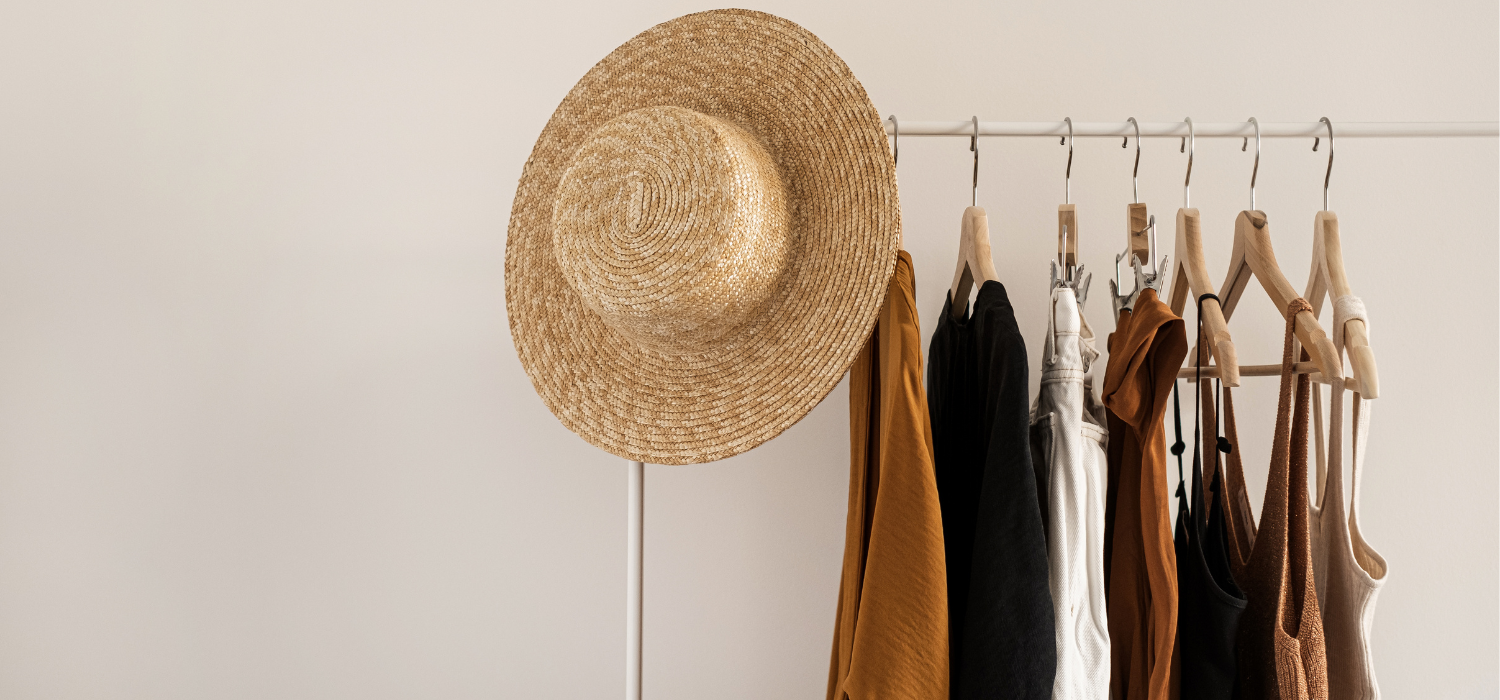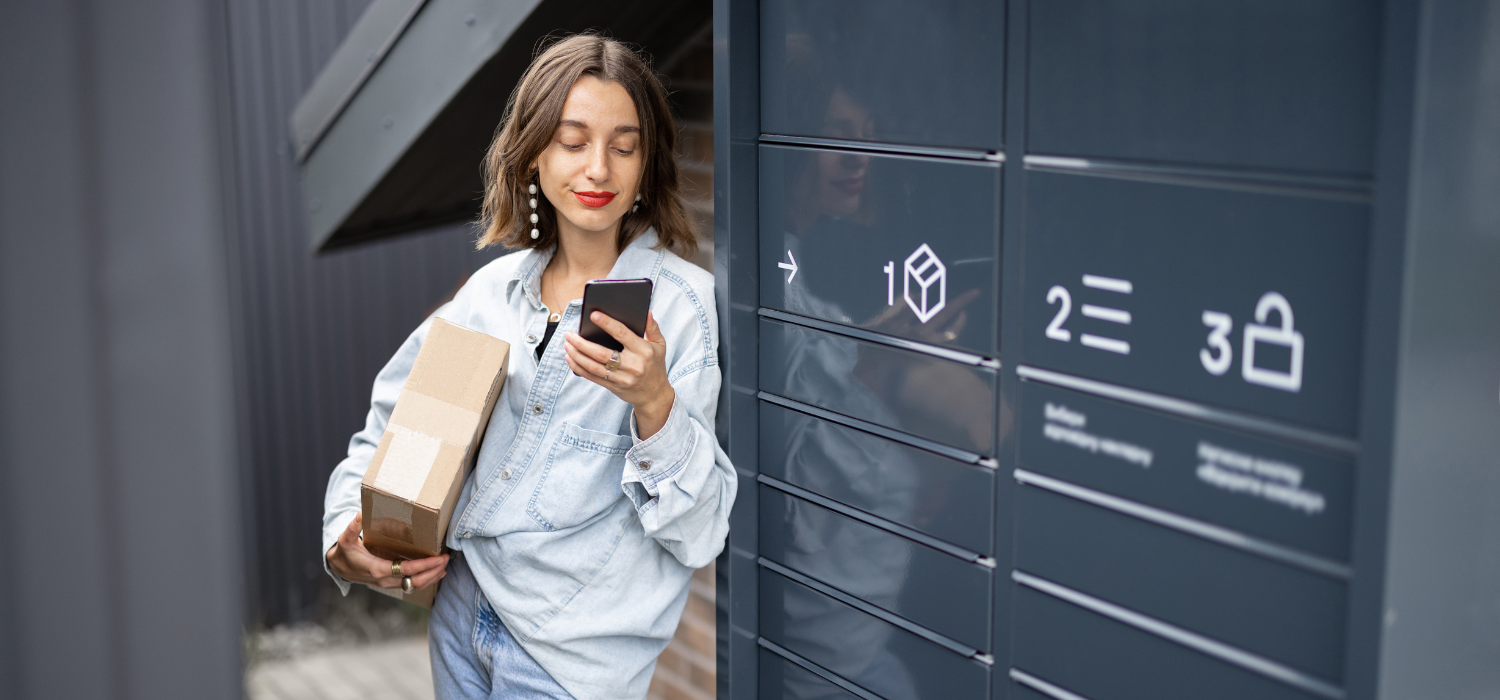eCommerce in the Fashion & LifeStyle sector is growing and changing at an impressive rate. In fact, it is estimated that by 2025 a quarter of the industry’s sales will be through the digital channel.
Faced with this scenario, online stores are facing new challenges fueled by increasingly demanding consumer demand.
To understand how to face them in the best possible way, at the tenth edition of Netcomm Focus Fashion&Lifestyle, data from the research conducted by Vepee and Kantar were presented, which, starting from the main insights of the sector, allows outlining the strategies to be put in place in the near future to meet consumer expectations.
In this article, let’s find out together all the main data on the Fashion eCommerce sector and the three main challenges for the future (plus some useful tips for dealing with them in the best possible way). Let’s get started!
Digital growth rates according to the research “Next-commerce: the future of eCommerce in Italy and Europe”
As anticipated, by 2025 a quarter of online sales in the Fashion & Lifestyle segment will be through the digital channel. Thus, eCommerce penetration will continue to grow in the near future at an estimated rate of 4 percent per year.
How much online shopping is worth in the Fashion & Lifestyle sector in Italy and Europe
In fact, online purchases related to Fashion & Lifestyle in Italy reached 5.8 billion euros in 2023, 11% more than last year. Of the total online purchases in Italy, 33% are clothing products. This is followed by beauty products (27 percent), furniture and housewares (18 percent) and, finally, accessories and jewelry (12 percent).
On the other hand, as far as Europe is concerned, last year purchases in the Fashion & Lifestyle sector weighed 42 percent of the total eCommerce, acting as a real driver for e-commerce.
Online and offline shopping increasingly connected in the Fashion eCommerce sector
The online shopping boom has also heavily influenced offline shopping habits, that is, at physical stores. In fact, according to Vepee-Kantar research, 91 percent of Italian consumers say that online has profoundly affected the way they shop in stores. In particular, 30 percent consult a brand’s eCommerce before choosing whether to buy in-store or online.
The influence of online is even more pronounced in the beauty world, where 44% of users say they consult the digital version of a store before proceeding with a purchase. This percentage rises to 59 percent for footwear and even 69 percent for furniture.
However, the opposite is also happening more and more often: that is, users prefer to see, touch and try a product in store before proceeding with an online purchase. In response to this need, the phenomenon of Showrooming is spreading: real meeting points between brands and consumers where the latter can test products before proceeding with the purchase on the web. But we will have a chance to talk about this in more detail on another occasion.
As we have seen, then, eShoppers are proving increasingly likely to value and prefer the digital channel in exchange for a better shopping experience, especially in the world of Fashion eCommerce. But how can online stores be optimized so that their customers are increasingly satisfied? In other words, what are the challenges to be faced and how to overcome them?
We have outlined the top 3 challenges for the future of Fashion eCommerce and some practical tips on how to best address them. Let’s find out about them.
3 challenges for the future of eCommerce Fashion
Challenge 1: Adapt to new technological frontiers to engage consumers
Live Shopping, Augmented Reality and Artificial Intelligence will become an increasingly powerful part of the eCommerce world. Indeed, we are facing a real “technological tsunami” that will overwhelm the world of online sales in the Fashion & Lifestyle (and other) segments.
Live shopping: through the combination of the typical features of traditional shopping with the convenience of digital shopping, it allows for a more interactive and immersive shopping experience. Indeed, consumers can receive more information about products and their use, a feature that seems to be already highly appreciated: it is estimated that by 2026 the live eCommerce market could account for 20 percent of all global e-commerce, while by the year it will generate $25 billion in sales.
If you are interested in finding out more about the world of live shopping, read our in-depth article.
Augmented reality: allows eShoppers – albeit virtually – to try a product on their face, wear a dress, piece of jewelry or pair of shoes, or even visualize an object in a room to see if the product might actually meet their needs and tastes.
Artificial intelligence: it can be implemented in customer support services (e.g., through chatbots that allow customers’ questions and concerns to be answered automatically), but also for the automation of repetitive procedures and to optimize inventory management, for example, by implementing software that can automatically track stock and manage orders.
The helpful tip: Among the most powerful software that allows you to integrate solutions such as chatbots and AI to your online store are HubSpot and Drift.

Source: Gucci
As is often the case, however, change also brings with it many benefits. Among the main ones for online stores:
Increased conversions: it is estimated that users who buy during a successful live shopping session are between 10 and 20 percent of the audience, but the live shopping model generates positive mechanisms that can push users who did not buy live to be more likely to make a purchase in the following days anyway. Thanks to augmented reality, customers can try as if they were in the store the product they wish to purchase, understand whether it meets their needs, and thus more easily convince themselves to finalize the purchase. Finally, the automation of certain processes through the implementation of AI makes it possible to optimize not only the management of processes for the online store, but also the entire shopping experience of eShoppers, thus helping to increase sales.
Reduction in returns: it is estimated that live shoppers are 40 percent less likely to return a product than other online shoppers. This is because during the buying process they had the opportunity to better see the product and its features, ask questions and resolve any doubts thanks to direct interaction with the video. This is an important result if we consider that about 16% of the purchases made online in Italy in the fashion sector are sent back to the sender. The same dynamic is also triggered by the implementation of augmented reality and, thanks to the automation of processes guaranteed by AI, the number of errors is reduced and, consequently, also that of potential returns. Some parcels that come back, however, will always be there; you have to put that into account and be prepared.
Learn how to best manage your Fashion eCommerce returns and turn them into value.
Challenge 2: Adopt new app and mobile standards to avoid losing visitors (in record time)
We have heard it time and time again: the smartphone is the device most used by Italian consumers to make online purchases. In fact, 51% of transitions are completed from mobile. Yet, the numbers tell us that many users are still abandoning eCommerce sites because they are not properly optimised for smartphones.
Many fashion eCommerce outlets have taken action by offering their customers apps through which they can make online purchases. As the Vepee-Kandar research shows, in fact, 49% of fast fashion retail brands already offer shopping via apps available on mobile.
However, for your eCommerce to be truly “mobile friendly” make sure you take these two very important aspects into consideration:
The performance of your site/app, i.e. the loading speed of individual pages and content when a user tries to access them from mobile. Nobody likes having to wait too long to be able to view a product they are interested in. In 2016, Google published a survey on how mobile latencies affect the revenues of those who own a business on the Net. It found that 53% of visits made from mobile devices are abandoned if page loading takes more than 3 seconds; as a result, a mobile-optimised site with a loading speed of 5 seconds earns twice as much revenue as a site that takes 19 seconds.
Useful tip: you can monitor the loading speed of your site from mobile via certain tools, such as Google’s PageSpeed.
The usability of your site/app, i.e. the ease with which a user can navigate your site and find the information or products they are looking for via mobile. This aspect has a huge impact on the user experience who will quickly abandon your store if they cannot move easily within it. As a result, you will lose sales. It is therefore important to organise navigation from mobile (but not only) in a simple and intuitive way.
Useful tip: you can provide the possibility for users to use filters for their searches, so that they can reach exactly the product they are looking for in just a few steps. Filters can be thematic (e.g. ‘new arrivals’), by product type (e.g. ‘jeans’), or even more specific (e.g. ‘high-waisted jeans’). Don’t forget to include the filter dedicated to product price: 7 out of 10 Italian users state that the price of a product is the main purchase driver.
Challenge 3: abandon greenwashing in favour of a concrete commitment to sustainability
Italian eShoppers are among the most attentive in Europe to the issue of sustainability: according to the research ‘Next-commerce: the future of eCommerce in Italy and Europe’, 46% of Italian consumers declare that eCommerce has actively contributed to their decision to buy more sustainable products. The European average, on the other hand, stands at 37%.
Two important trends in this direction are therefore emerging:
Sustainable shipping: according to a survey conducted in 2022 by Stocard, 79% of Italian consumers demand greener shipping and delivery. In fact, it is estimated that freight traffic contributes between 20 and 30% of pollution in urban areas, while last-mile delivery vehicles account for almost a third of total traffic in cities. Last-mile logistics is the most polluting part of the entire logistics process. For this reason, more and more consumers are willing to consider less environmentally impactful solutions, such as Locker and Pick-up Points, which guarantee 100 per cent of deliveries, eliminate empty trips and reduce the number of journeys thanks to the parcel collecting system, thus representing a viable alternative to the much less sustainable Home Delivery. In 2023 in Italy, deliveries at Locker and Pick-up Points reached 15.9 per cent, and demand is growing steadily.
A useful tip: you can immediately offer your customers the possibility to pick up their online orders at tens of thousands of Lockers and Pick-up Points already active throughout the country thanks to the GEL Proximity Network, a Proximity Network made up of newsstands, stationers, post offices, tobacconists, shops, petrol stations and Lockers enabled to pick up and return online orders. Connect Collection Points now for free.
Second-hand market: the fashion world is the first product category to generate turnover in the second-hand market. In fact, one consumer in two claims to have sold or bought at least one second-hand product in the last 12 months. The reasons behind this choice are different, but they all tell us of the particular attention Italians pay to sustainability. In fact, 45% say they have made such a choice to reduce waste, while 39% to extend the life cycle of products. In Europe, on the other hand, the predominant motivation is savings.
Faced with this awareness, more and more brands are gearing up to respond to their consumers’ demands. For example, Zalando has created a special second hand channel through which users can buy second-hand products at a bargain price. As stated in the marketplace’s FAQ, all items are sold by Zalando Zircle, a Zalando brand, without any customer-to-customer sales (i.e. Vinted’s C2C model).

Source: Zalando
H&M has also created its own second-hand channel ‘Rewear’: a space where you can buy and sell second-hand products, thus giving them a second life, from any brand.

Source: H&M
Learn more about how to make your Fashion eCommerce sustainable, read our in-depth article.












